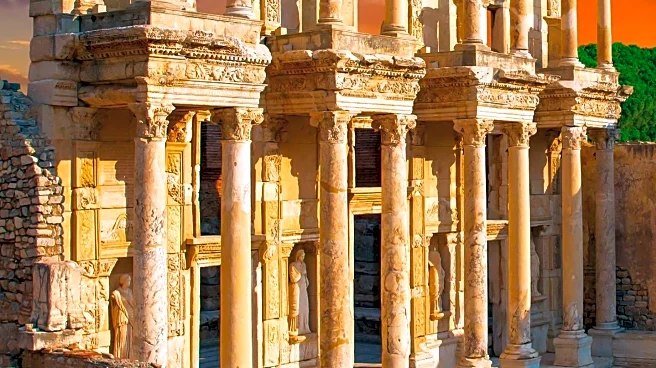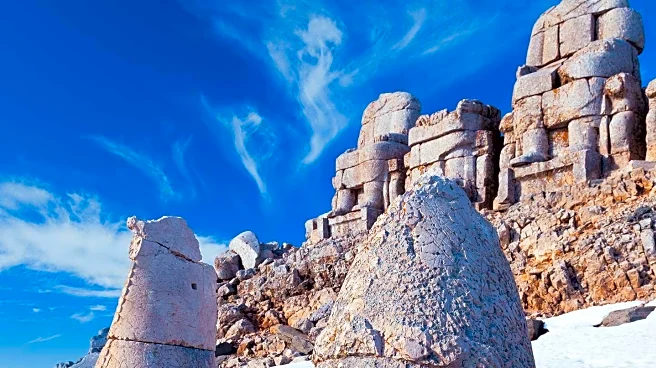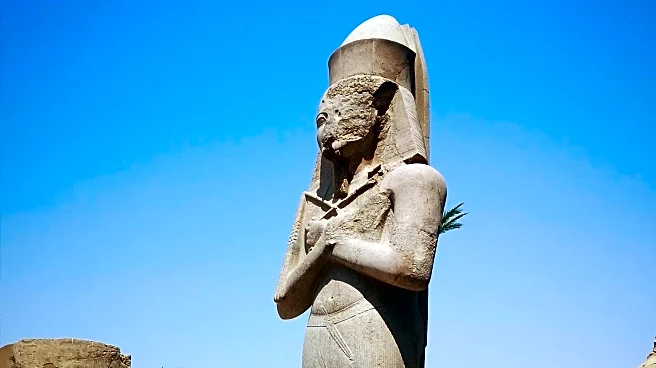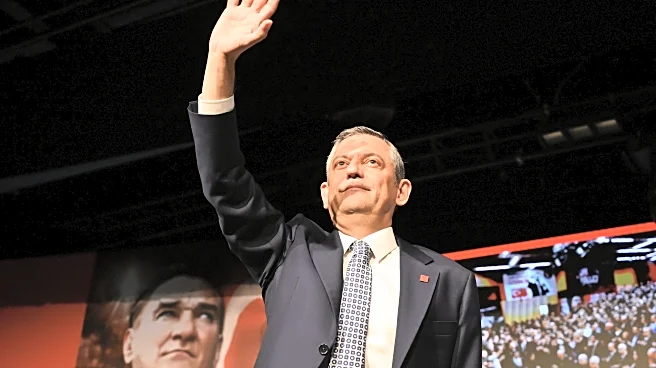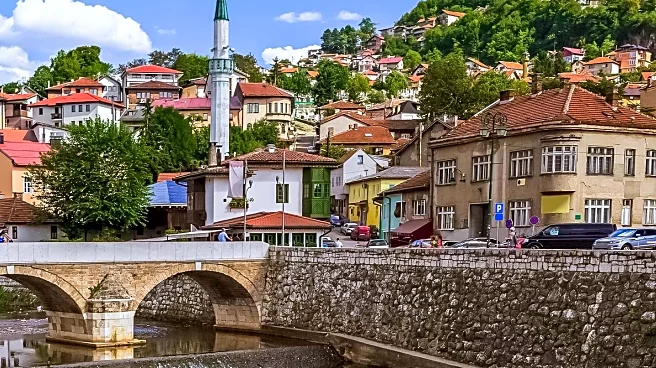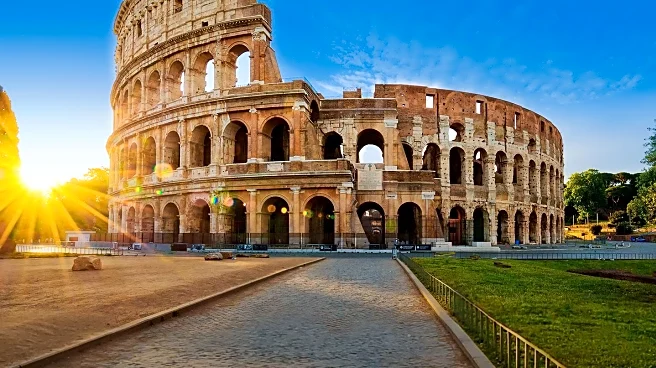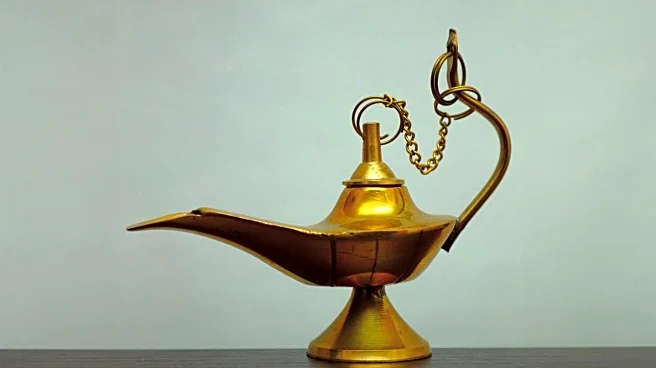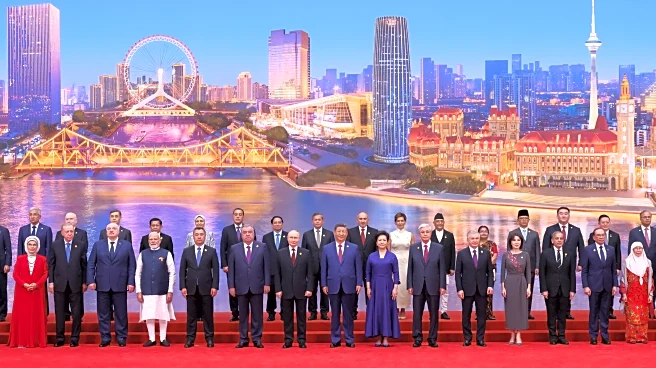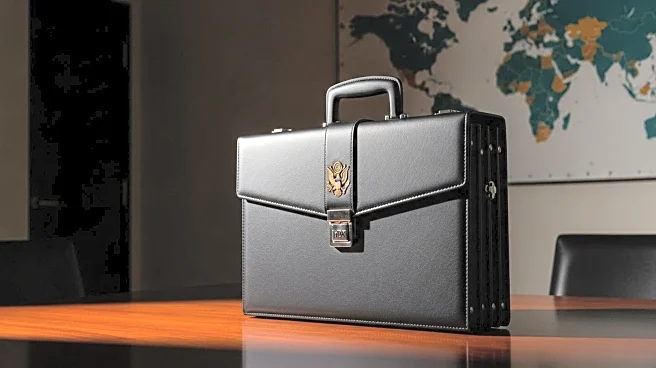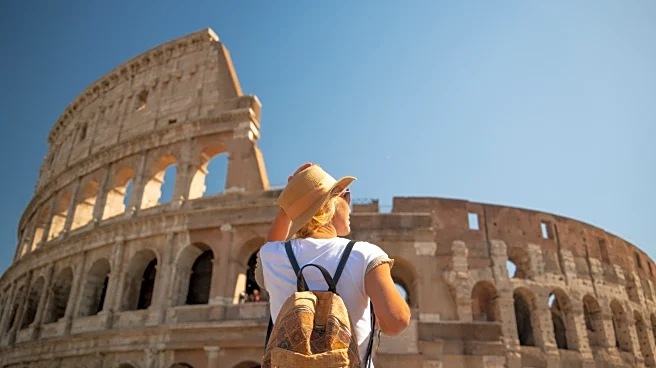What's Happening?
Turkey has launched an exhibition titled 'The Golden Age of Archaeology' at a national library in Ankara, showcasing 570 artefacts, many of which have been discovered in the past two years. The exhibition is part of Turkey's 'Heritage for the Future' project, which aims to position the country as a leader in archaeology. The initiative involves extensive excavations and the construction of visitor centers to boost tourism. President Recep Tayyip Erdoğan highlighted Turkey's leadership in both land and underwater archaeology during the exhibition's opening. The artefacts on display include Neolithic vessels and a tablet offering insights into a lost Bronze Age language.
Why It's Important?
The exhibition underscores Turkey's commitment to preserving and promoting its rich archaeological heritage, which spans from ancient temples to Ottoman monuments. This effort not only enhances Turkey's cultural prestige but also aims to attract tourism and generate revenue. The repatriation of artefacts, such as the statue of Marcus Aurelius, sends a strong message against the trafficking of cultural property. However, the initiative faces challenges, including the impact of tourism on fragile sites and potential political influence over research priorities.
What's Next?
Turkey plans to continue its archaeological efforts, with thousands of staff involved in year-round excavations. The government aims to further increase the number of artefacts entering museums annually. The exhibition is expected to draw international attention and visitors, potentially boosting Turkey's tourism industry. The ongoing repatriation of artefacts may lead to further legal battles and negotiations with foreign institutions.
Beyond the Headlines
The exhibition highlights ethical considerations in archaeology, such as the protection of cultural heritage and the risks of over-excavation. The initiative may influence global standards for archaeological practices and the repatriation of artefacts. Turkey's approach could serve as a model for other countries seeking to balance heritage preservation with economic development.
